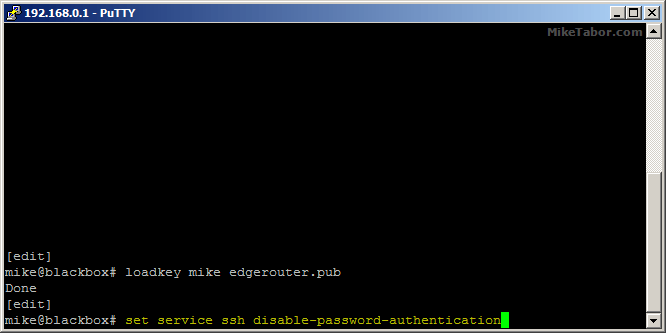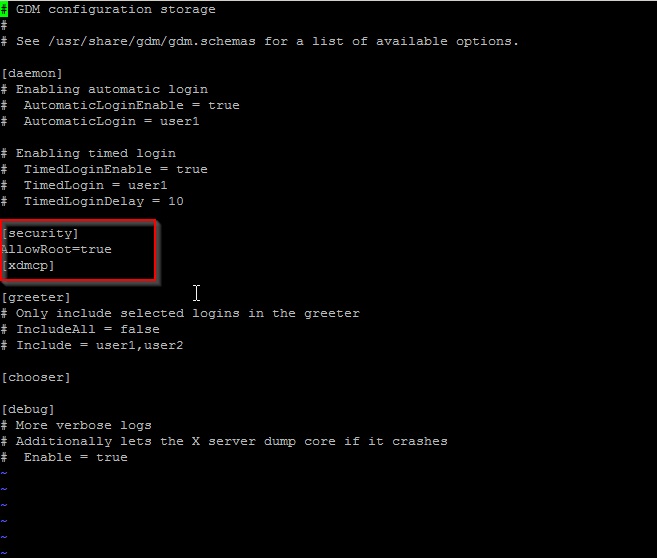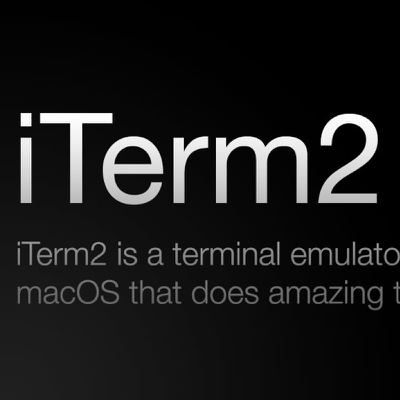


Iterm2 ssh auto login install#
zshrc for zsh, or config.fish file for fish): source ~/.iterm2_shell_integration.`basename $SHELL`ĭon't want to or can't install a login script? See the workaround at the end of this document using Then add this to your login script (.login for tcsh. o ~/.iterm2_shell_integration.`basename $SHELL`
Iterm2 ssh auto login download#
First, download the right script for your shell: curl -L `basename $SHELL` \ When you select the iTerm2>Install Shell Integration menu item, it types this for you: curl -L | bashĭon't care for piping curl to bash? Do it by hand. Contributions for other shells are most welcome. The following shells are supported: tcsh, zsh, bash, and fish 2.3 or later. You should do this on every host you ssh to as well as your local machine. It will download and run a shell script as described below. The easiest way to install shell integration is to select the iTerm2>Install Shell Integration menu item.

ITerm2 may be integrated with the unix shell so that it can keep track of your command history, current working directory, host name, and more-even over ssh. There's also a New Tab with Profile action in the Keyboard Shortcut Keys Preference if you're interested in taking this even further.WARNING: This document is for an older version of iTerm2. On my Default profile I go to the Keys tab where I create a new Profile Shortcut Key whose Keyboard Shortcut is ^+cmd+n, whose action is New Window with Profile, and whose Profile is DefaultLight.Īfter saving the prefrences, cmd+n opens a new window with a black background and ^+cmd+n opens a new window with a white background. I duplicate my Default profile and name the new profile DefaultLight. My Default profile has a black background but sometimes it helps me to have a white background.

Note: it didn't work for me until I created a profile specifically for the desktop instead of using the default profile. You can combine this solution with answer seamlessly. Now, if you ssh into the remote machine, your profile will change, and if you exit out of the ssh session, you will be back to your local profile.Add the hostname of the remote machine in Automatic Profile Switching.Create another profile, this time for your remote machine, and customize it.It is not always the one you see in your prompt. The hostname is the one you get when running echo $HOST on the target machine. In Automatic Profile Switching, click '+' and add the hostname of your local machine.Go to the Advanced tab and scroll to the bottom.Customize it to fit your needs (change background color, name, etc) Create a new profile for your local machine.It will download a script with curl and install it. Log in to your remote machine via ssh and click iTerm2 (the app menu) > Install Shell Integration.The latest iTerm2 nightly (Build 0329-nightly at the time of writing) allows you to do that easily.


 0 kommentar(er)
0 kommentar(er)
